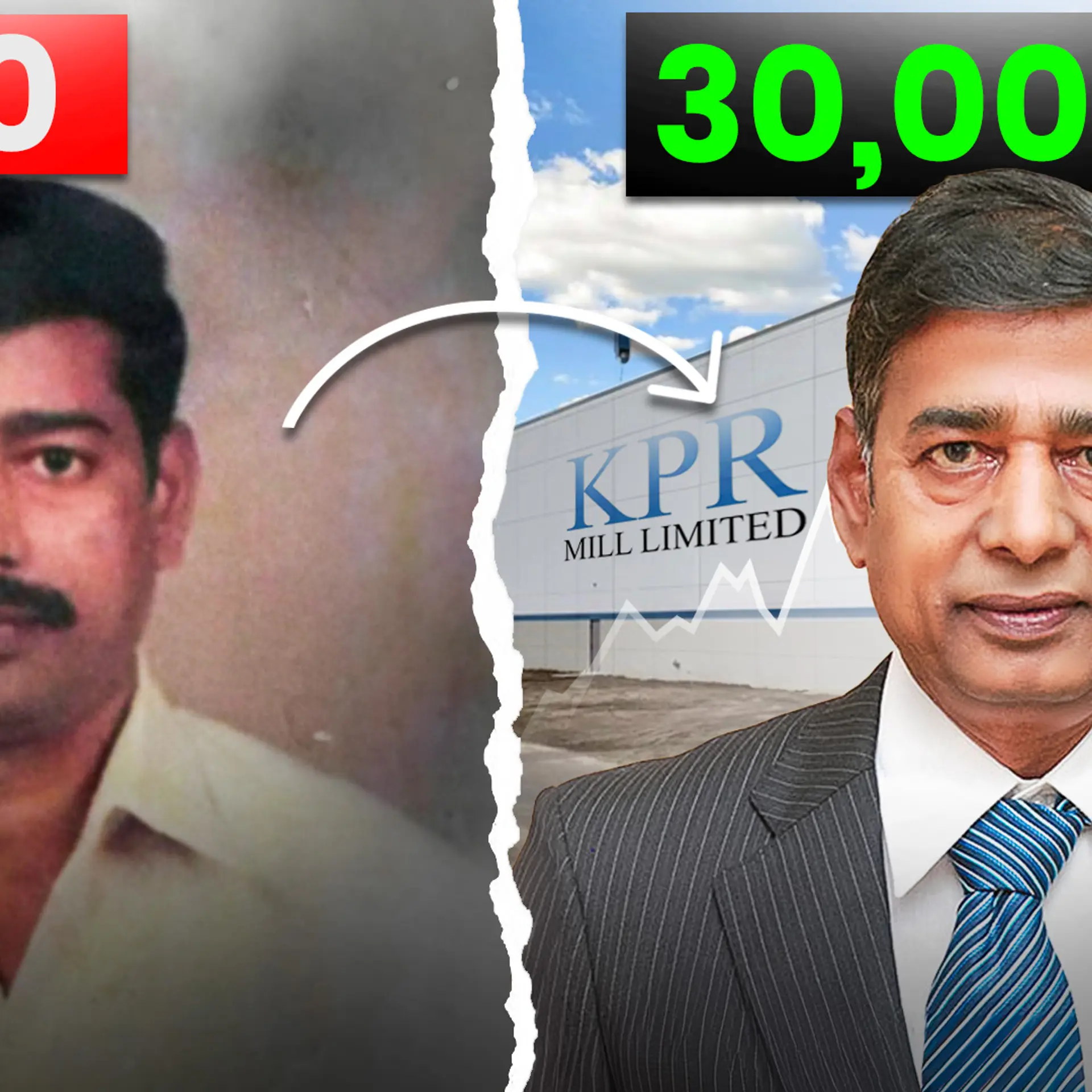Ola and Mahindra join hands again to launch EV mass mobility ecosystem in Nagpur
Ola on Friday announced that along with Mahindra, they launched a programme to build an electric mass mobility ecosystem in Nagpur. Devendra Fadnavis, Chief Minister of Maharashtra, and Nitin Gadkari, Minister of Road Transport, Highways and Shipping, inaugurated the multi-modal electric vehicle project and Ola Electric charging station.
This project brings vehicles across different segments and will include – e-cabs, e-buses, e-rickshaws, and e-autos on one platform. A press note sent by the company states that they already have over 100 of Mahindra’s e20 plus vehicles and the rest of the fleet will consist of vehicles sources from other OEMs including Tata Motors, Kinetic, BYD, and TVS amongst others.

The electric charging station was unveiled within Nagpur’s airport complex. Ola has already invested upward of Rs 50 crore towards EVs and charging infrastructure, starting with over 50 charging points across four strategic locations in the city of Nagpur.
The press note by the company also states that – Ola will also invest in training and educating driver partners on maintenance and use of in-car technology along with its key OEM partners like Mahindra. Bhavish Aggarwal, Co-founder and CEO of Ola, says that they are excited about how this could transform the mobility experience for millions of citizens, unlock immense opportunity for driver partners, and positively impact the environment and quality of life in our cities.
“We believe that Electric Mobility in a multi-modal format, will be key towards realising our mission of building mobility for a billion Indians,” says Bhavish.
Gadkari says that there is an urgent need to re-think and revisit transport infrastructure and fuel dependency across not just India, but the globe.
He also believes that the large-scale adoption of electric vehicles can bring the monumental change that we need. He also announced the launch of the 100 percent electric vehicle nation by 2030 mission. Fadnavis also said that in support of this initiative, the state has waived off VAT, road tax, and registration for all electric vehicles in the state, and they look forward to building Maharashtra as a model state for others to emulate in the future.
Electric vehicles will play a major role in reducing urban pollution plaguing several Indian cities and resulting in health hazards.
The traffic situation in India is just helping the growth of the cab aggregators. A report by India Brand Equity Foundation (IBEF) states that currently Indian roads carry close to 90 percent of the passenger traffic and 65 percent of the freight.
It’s been over six years since Ola started its operations in India. And the past year has been a battle between the Bengaluru-based cab aggregator and the San-Francisco based aggregator – Uber.
Having been in the market earlier and being present in over 104 cities gave Ola the much needed lead over Uber. It retained over 60 percent of the market and was even giving a tough fight to Uber.
And then something unexpected happened. Last year, Uber conceded defeat of sorts in China, selling its Chinese subsidiary to Didi for a stake. The situation in China seemed to bring about several speculations of its impact on India. And Uber began pumping in resources into India and began pushing into the market aggressively.
The past year was a battleground of sorts. Ola, which still retains close to 60 percent of the market share, fought to retain that share. And while many were wondering how Ola would maintain its edge, it launched Ola Play and Ola Select.
According to the RoC data filed by Ola, the company’s losses tripled to Rs 2,317 crore in the last financial year. The main reason for this bleed is Ola taking on Uber. The latter has spent resources mostly on ensuring that it retains its market lead.
This move by Ola could be taken as another step to ensure that they have deeper and stronger penetration. Especially considering the fact that they have multiple categories.







